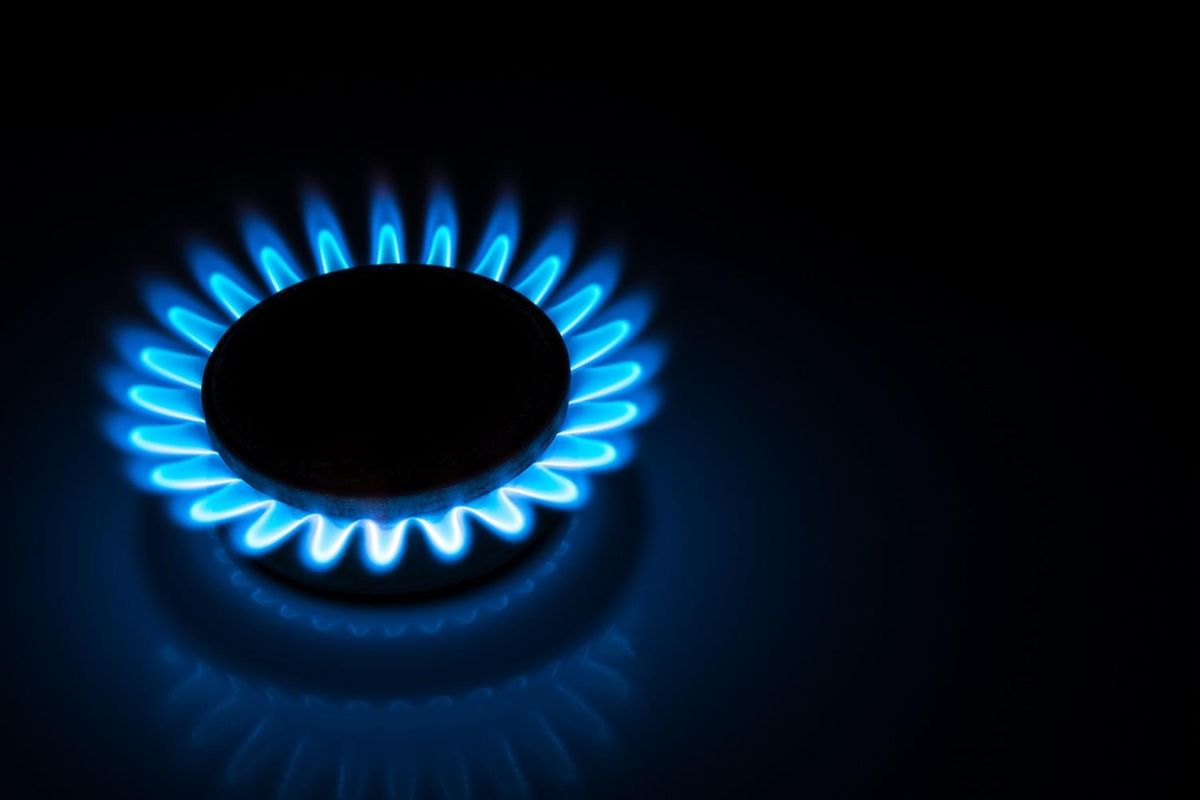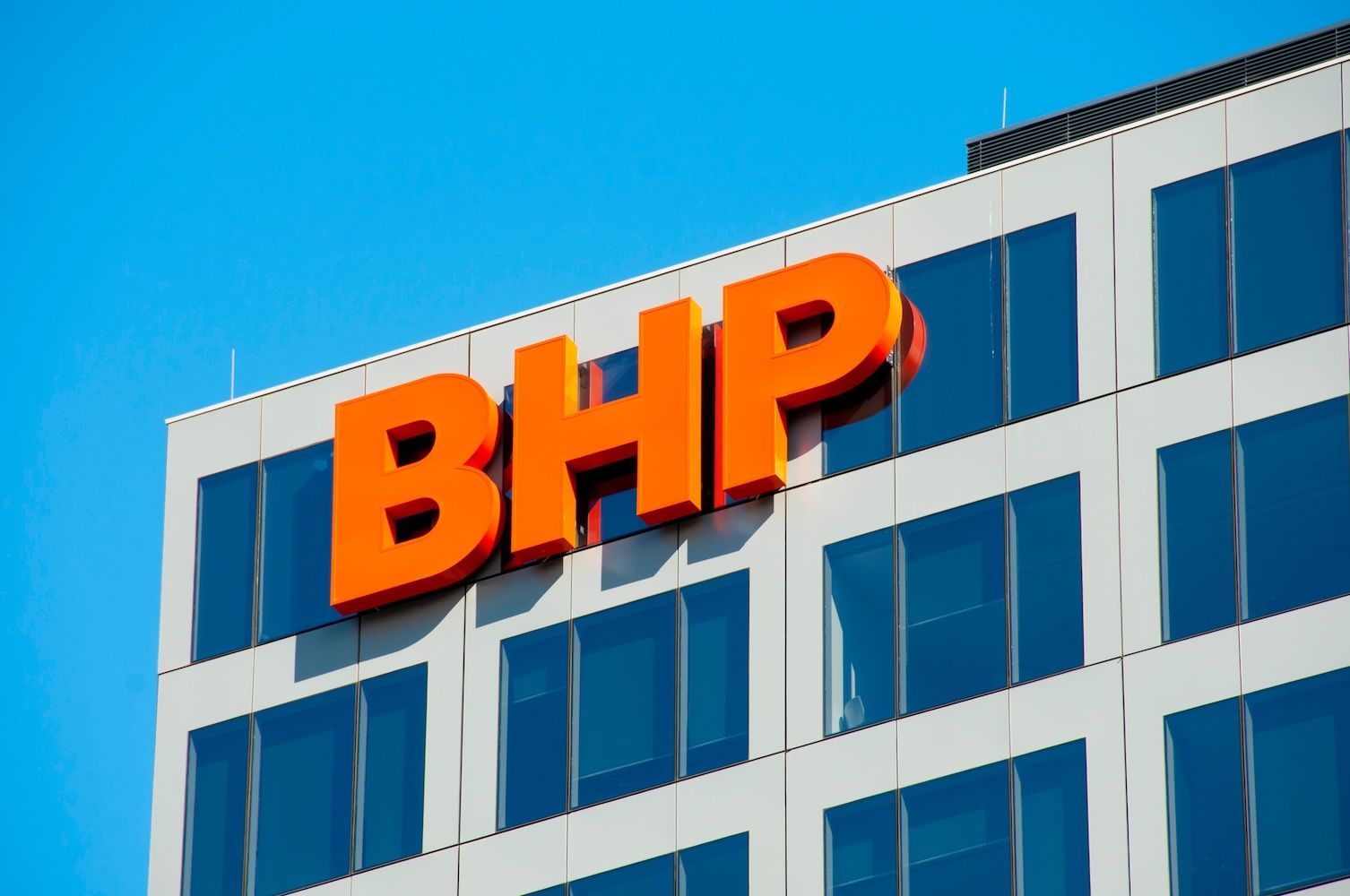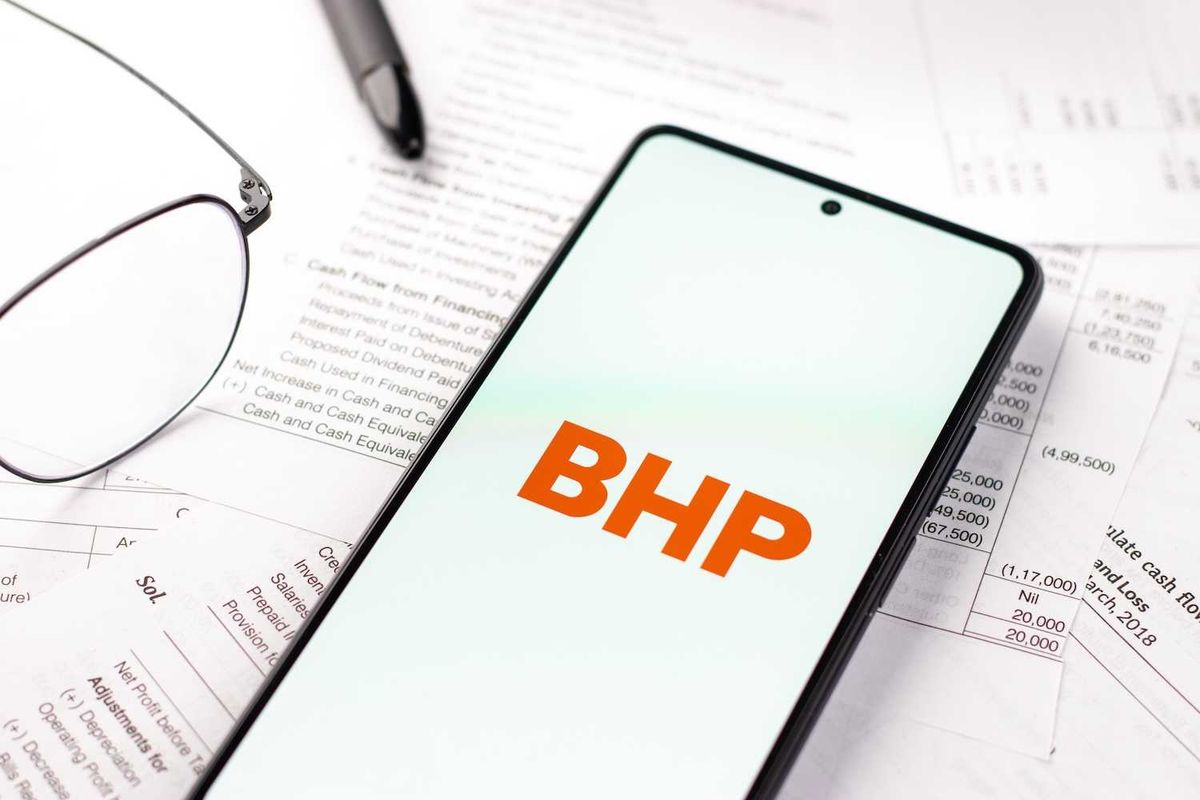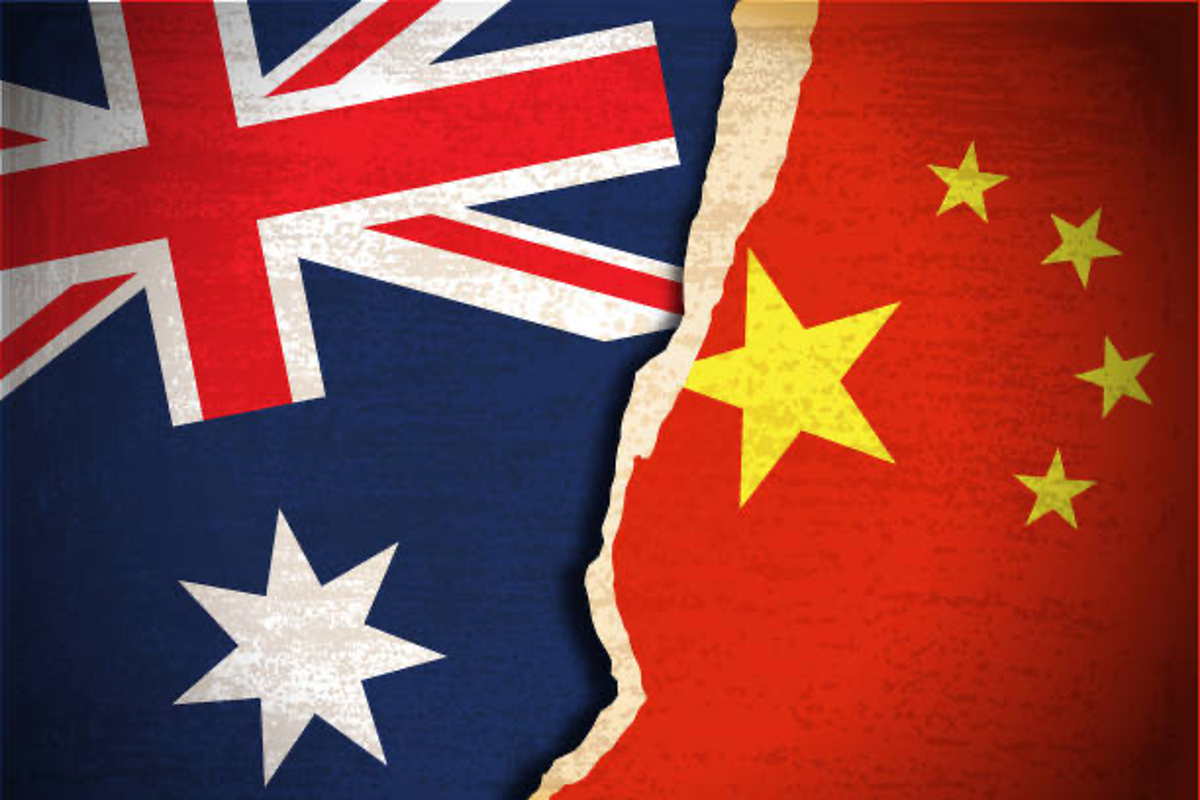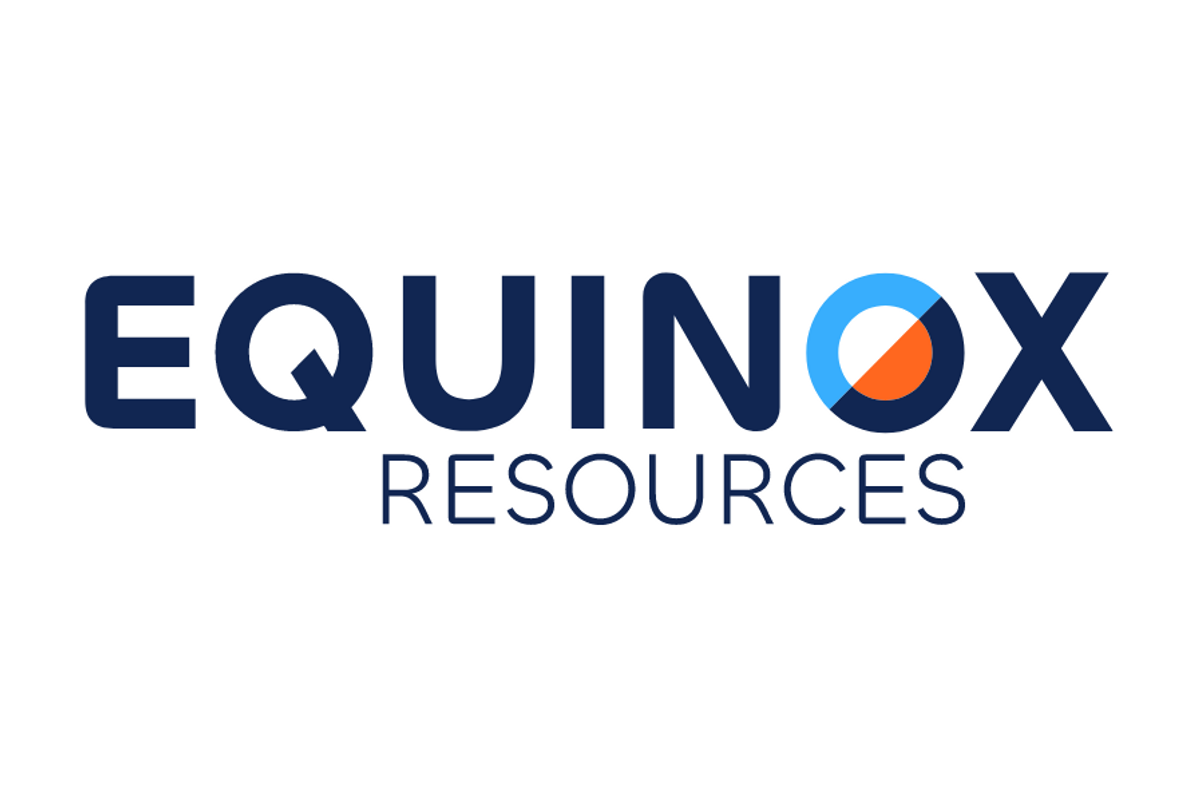
June 05, 2024
Equinox Resources Limited (ASX: EQN) (“Equinox Resources” or the “Company”) is pleased to announce a Mineral Resources Estimate (“MRE”) for Direct Shipping Ore (“DSO”) for the 100% owned Hamersley Iron Ore (“Hamersley” or “Project”) of 108.5Mt at 58% Fe1.
- Equinox has defined a large-scale, high-grade Direct Shipping Ore (DSO) component of its wider Iron Ore Resource, totaling 108.5Mt at 58% Fe.
- Equinox’s DSO Inferred Mineral Resource Estimate (MRE) is very similar in grade to the Pilbara fines product from the region sold to Asian markets.
- The resource is strategically located in the infrastructure-rich Pilbara region of Western Australia, approximately 30 km south of Fortescue Metals Group's Solomon Mining Hub (ASX: FMG) currently producing ~65 to 70Mtpa at 56.9% Fe.
- The DSO mineralisation starts ~20 meters below surface and is likely to be easily mineable given the uniform nature of the deposit with no deleterious material present.
- There is significant exploration upside potential to grow the DSO material, as evidenced by drill hole PLRC0167 which ended in mineralisation of 61.6% Fe.
- An infill Phase 1 drilling program of approximately 3,300 meters is planned for H2 CY2024 in the high-grade region of the orebody.
- Metallurgical testwork shows that post-screening and scrubbing, the iron grades can upgrade to approximately 60% to 62% Fe.
- Importantly, this JORC compliant MRE, sits on a mining lease with a native title agreement in place and could be rapidly developed against the backdrop of a high iron ore price environment.
- The initial DSO MRE is one of the largest undeveloped hematite detrital resources in the Pilbara, wholly owned by an ASX-listed junior company.
Equinox Resources Managing Director and CEO, Zac Komur, commented:
“At Equinox Resources, we're committed to advancing the Hamersley Iron Ore Project with a clear focus on accelerating its exploration and development. The reinterpretation of the Mineral Resource Estimate confirms an initial Direct Shipping Ore of 108.5 Mt at a grade of 58.0% Fe targeting the Platts 58% Fe Index and highlighting significant hematite mineralisation. By reassessing the resource and collaborating closely with our geological team, we've unlocked a clearer understanding of its true economic potential, whilst revealing unprecedented exploration upside.
This MRE update lays the groundwork for targeting the higher-grade region of the ore body. Our Phase 1 drilling program for the second half of CY2024 is set to unlock this higher-grade region, further enhancing the resource volume and grade.
These strategic efforts will pave the way for a comprehensive scoping study. This study will thoroughly evaluate alternative valuation scenarios, considering both the MRE for 58% Fe and a +60% Fe market index, with our decisions driven by a commitment to maximising value for shareholders.”

Significant Undeveloped Pilbara Hematite Detrital Project
Equinox Resources has released a DSO MRE as part of the development of the Hamersley Iron Ore Project. This MRE incorporates the results of a recent geological re-interpretation of the deposit conducted by ERM Australia Consultants Pty Ltd, trading as CSA Global, the Company's geological consultant.
The Hamersley Iron Ore Project is supported by a comprehensive knowledge base, including 22,621 meters of historical drilling, assays, geological modelling, metallurgical testwork, and geophysical data. This data has been re-interpreted to enhance the geological characterization and lithological domaining of the deposit.
The initial DSO MRE for the project represents one of the largest undeveloped hematite detrital resources in the Pilbara, wholly owned by an ASX-listed junior iron ore company. With a target grade of 58% Fe, the project can produce a DSO iron ore product that is saleable in the current market.
Click here for the full ASX Release
This article includes content from Equinox Resources Limited, licensed for the purpose of publishing on Investing News Australia. This article does not constitute financial product advice. It is your responsibility to perform proper due diligence before acting upon any information provided here. Please refer to our full disclaimer here.
The Conversation (0)
12 December
MinRes’ Onslow Iron Port Operations Now Fully Powered by Natural Gas
Mineral Resources (MinRes) (ASX:MIN,OTC Pink:MALRF) announced on Tuesday (December 9) that port operations at the Port of Ashburton at its Onslow iron project are now running entirely on natural gas.“We consider clean energy critical to the sustainability of our industry and the communities... Keep Reading...
09 December
BHP Pens US$2 Billion Deal to Boost Pilbara Iron Ore Expansion
BHP (ASX:BHP,NYSE:BHP,LSE:BHP) has secured a fresh source of long-term funding for its iron ore operations in Western Australia, agreeing to a US$2 billion infrastructure deal with Global Infrastructure Partners (GIP).The Tuesday (December 9) announcement confirms the company has entered into a... Keep Reading...
17 November
Rio Tinto and Calix to Partner on Zero Emissions Steel Technology Plant
Rio Tinto (ASX:RIO,NYSE:RIO,LSE:RIO) said on Monday (November 17) that it has signed a joint development agreement with environmental technology company Calix (NYSE:CALX,ASX:CXL) to develop Calix’s Zero Emissions Steel Technology (Zesty) green iron demonstration plant in Western Australia.If... Keep Reading...
11 November
BHP Invests AU$944 Million in Western Australia Communities
BHP (ASX:BHP,NYSE:BHP,LSE:BHP) has released its 2025 Community Development Report for Western Australia, demonstrating a record-breaking investment of AU$944 million. According to the report, a majority of this year’s investment went to local suppliers, with AU$737 million spent. Of this, AU$529... Keep Reading...
28 October
MinRes Pens Joint Venture with Traditional Owners for Onslow Iron Project
Mineral Resources (ASX:MIN,OTCQB:MALRF), through its subsidiary CSI Mining Services, has entered a joint venture with Robe River Services to place traditional owners of the Onslow iron project at the centre of sustainable economic participation.Robe River Services is under the Robe River Kuruma... Keep Reading...
06 October
China Orders Ban of BHP Iron Ore Imports
Commodities giant BHP (ASX:BHP,NYSE:BHP,LSE:BHP) opened October with news that state-run iron ore buyer China Mineral Resources Group (CMRG) has placed a purchase halt on its products.According to several local media outlets, the move which has raised concern in Australia, stems from pricing... Keep Reading...
Latest News
Latest Press Releases
Related News
TOP STOCKS
American Battery4.030.24
Aion Therapeutic0.10-0.01
Cybin Corp2.140.00
